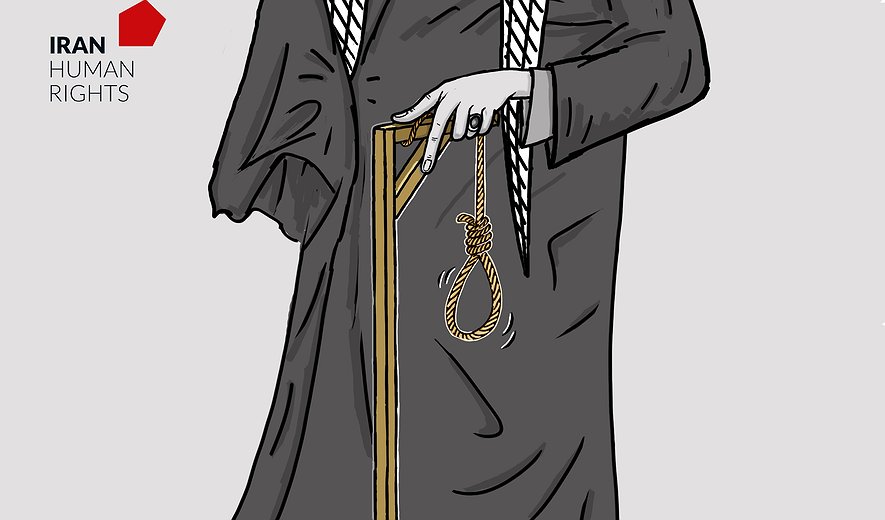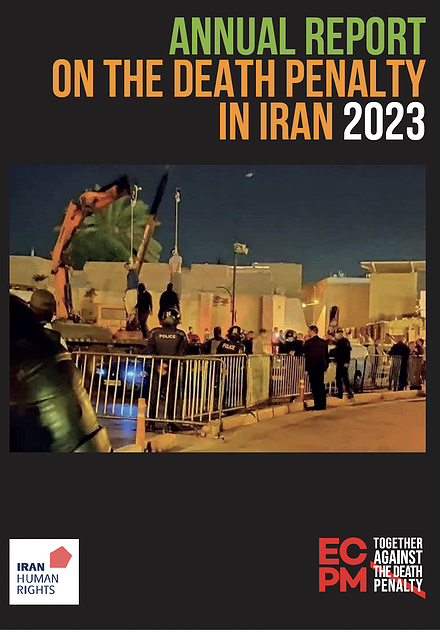Baluch Mehdi Dahmardeh Executed in Birjand; 9 Executed That Day

Iran Human Rights (IHRNGO); January 3, 2024: Mehdi Dahmardeh, a Baluch man on death row for drug-related charges, was executed in Birjand Central Prison on 27 December, bringing the total number of executions at the prison that day to nine people.
According to Haal Vsh, a Baluch man was executed in Birjand Central Prison on 27 December. His identity has been reported as 31-year-old Mehdi Dahmardeh from Zabol. He was sentenced to death for drug-related charges.
Five men and three women were previously reported to have been executed at the prison that day, bringing the total number to nine people. The five men were all sentenced to death for drug-related charges. The charges against the three women is unknown.
At the time of writing, none of their executions have been reported by domestic media or officials in Iran.
On 21 December, IHRNGO warned of more drug executions being carried out after an Iranian MP from Lorestan province stated that the cases of 1000-2000 drug death row inmates were at implementation stage.
Ethnic minorities, the Baluch in particular, are grossly overrepresented in execution numbers in Iran. In 2022, at least 174 Baluch minorities including 3 women, were executed in 22 prisons across Iran, making up 30% of overall executions. This is while they represent just 2-5% of Iran’s population. Furthermore, at least 274 Baluch people have been executed for drug-related charges since 2021, 40% of all drug executions in that time period.
Drug-related executions have continuously risen every year for the past three years. At least 305 people were executed for drug-related charges between 1 January-10 October 2023, a 69% increase compared to the same period in 2022, and the number of drug-related executions in 2023 were close to 20 times higher than 2020.
The number of drug executions dramatically dropped in 2018 following a 2017 Amendment to the Anti-Narcotics Laws. Consequently, drug executions ranged between 24-30 per annum between 2018-2020. The Amendment was reversed in practice in 2021 when executions increased ten-fold to 126 in 2021 and doubled again in 2022 with 256 drug-related executions. On 13 September 2023, IHRNGO reported a 94% rise in the number of drug-related executions in the year following the start of the “Woman, Life, Freedom” movement in September 2022.

